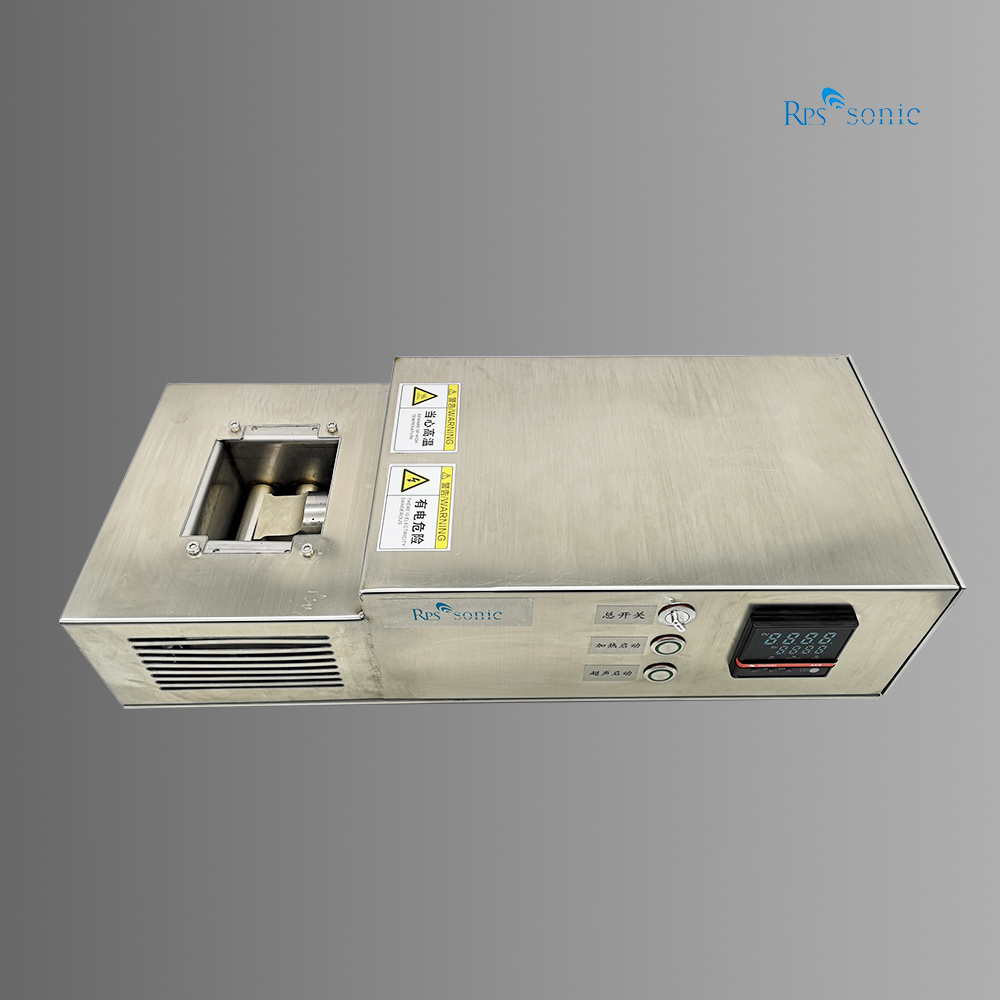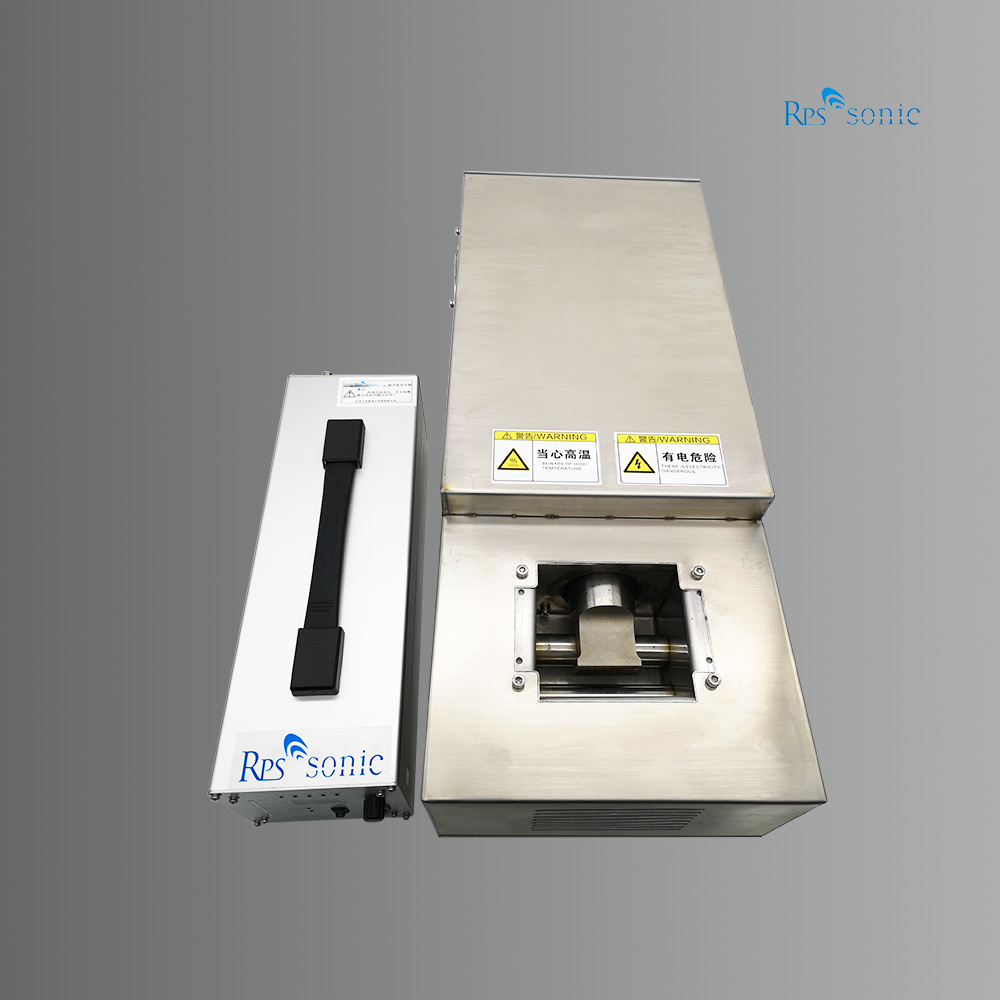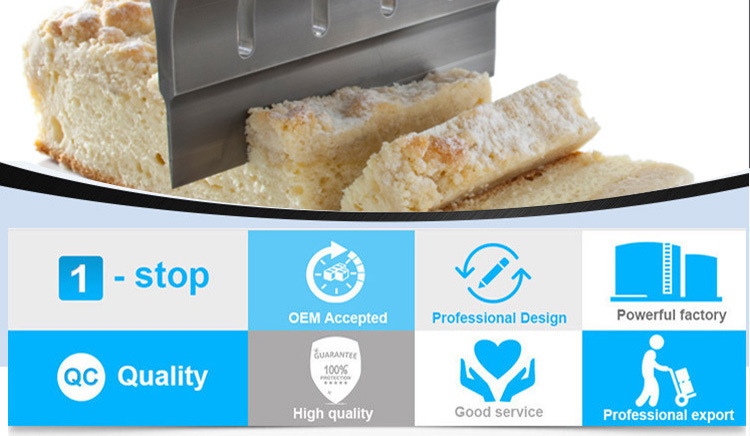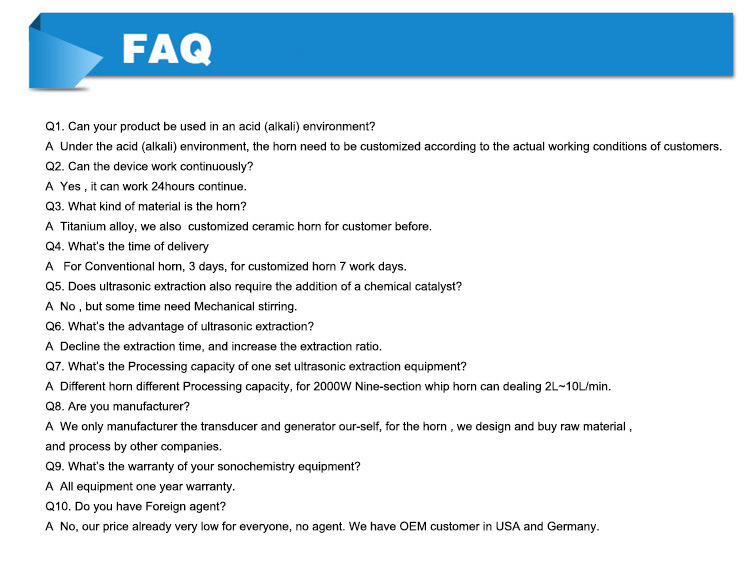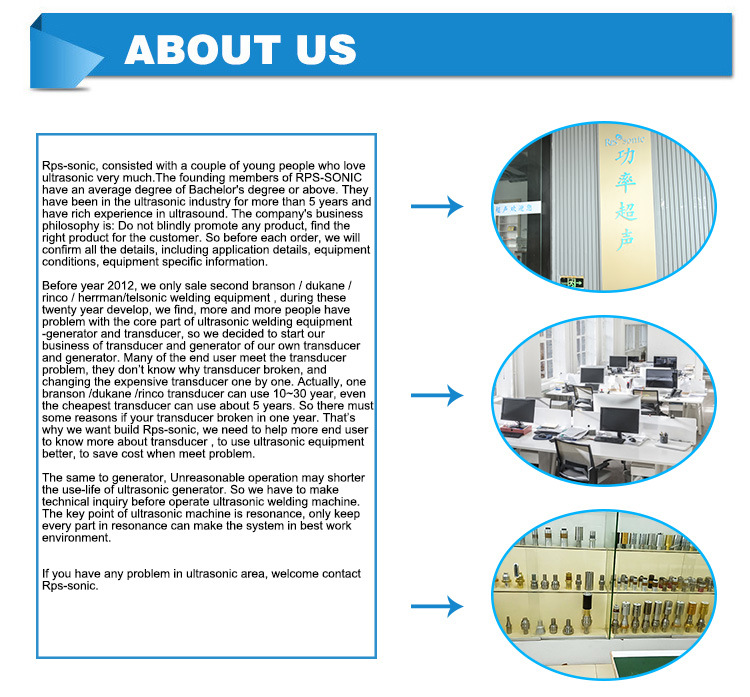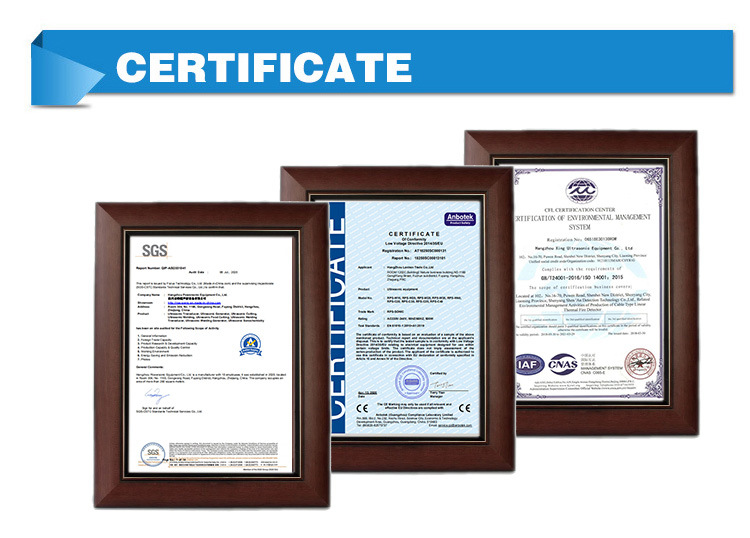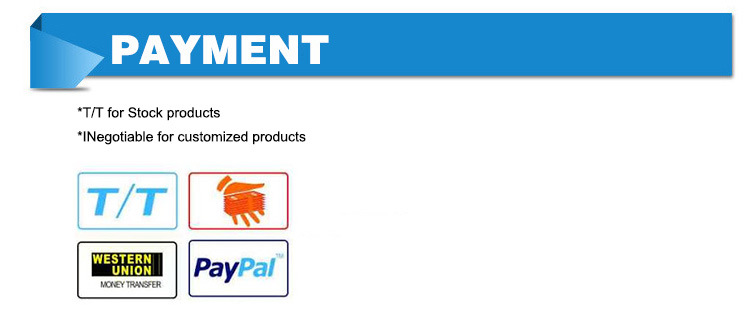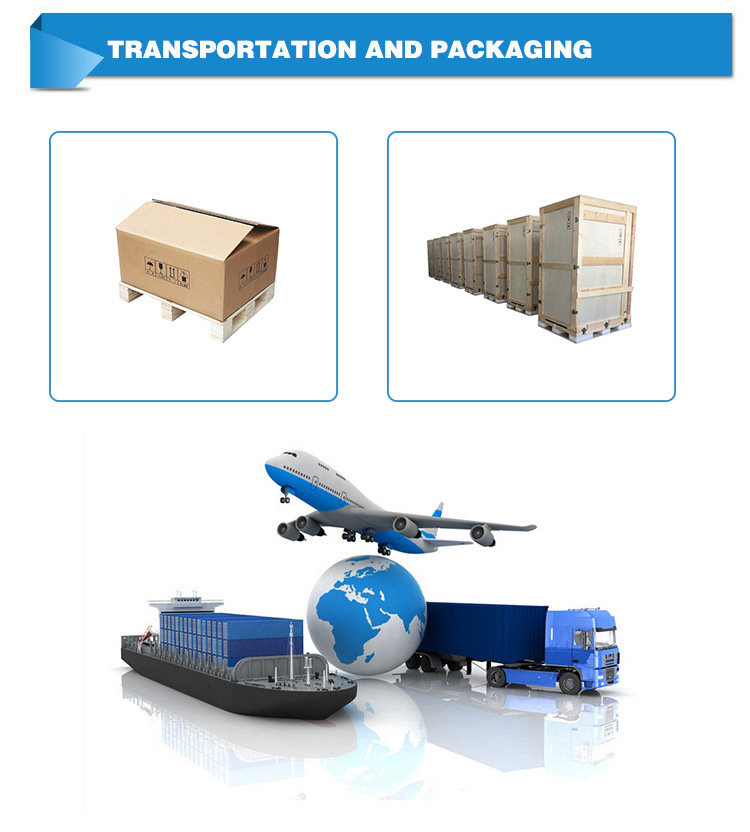
We offer a variety of methods to acoustically activate molten metal. Another popular method is to immerse a Power Probe's Wear-Tip directly into the molten material. The ultrasonic energy will remove dissolved gases and enhance grain structure refinement. The Permendur Power Probe offers the ability to acoustically activate molten metal in continuous or batch casting operations.
Ultrasonic soldering is used to join materials with either a metallurgical or mechanical bond.
A metallurgical bond is formed when the oxide from the base metal is removed through ultrasonic cavitation and implosion in the solder. The solder then comes in to contact with the base metal and the ionic attraction between the two forms a bond. A tin or lead solder bonded to copper is an example of this.
A mechanical bond usually involves no oxide on the base material. The cavitation and implosion in the solder create forces that agitate the materials and form an interlocking mechanical bond.
Coating a ceramic with solder is an example of this process.
When to use Ultrasonic Soldering
There are two main reasons for using Ultrasonic Soldering:
1. To eliminate the need for flux in the soldering process
2. To apply solder to ceramics and similar materials
The advantages of removing flux from the process are that there is no need for post-process
cleaning and wicking caused by surface tension from the flux is removed. Eliminating post-process
cleaning has the obvious benefit of cost saving for both the process and the flux itself. The benefit of
eliminating wicking is that the solder coating on the base material can be better controlled.

| Model No. | RPS-DS20 | |
| Ultrasonic Frequency | 20Khz | |
| Maximum Output | 1000 Watt | |
| Temperature Range | 150 ~ 400 °C | |
| Power Supply | 220V / 50-60 Hz | |
| Ultrasonic Generator | Size | 250(W) x 310(L) x 135(H) mm |
| Weight | 5 Kg | |
| Feature | Ultrasonic Amplitude Adjustable | |
| Pot dimension | 20*15cm | |
| Avail Soldering Matrial | ITO Glass, AL, Mo, Cu etc., | |
Characteristics
Easy soldering upon un-bondable material (metal, glass, ceramics) by simple dipping process.
No need for flux
Reliable bonding/sealing
Best used in difficult, small-surface places with limited access

Aluminum components
Ferrite components
Glass components
Silicon wafers
Ceramic components
Semiconductor chips
Metals etc.

